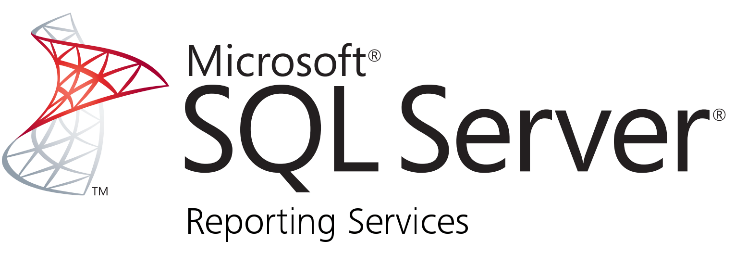Video: SQL Server 2012/2014 Reporting Services in SharePoint-Integrated Mode

In a previous blog post, I covered how you can provide high availability for SQL Server Reporting Services workloads. One of those options is thru SharePoint’s scale-out implementation. While this topic is primarily for integrating SQL Server Reporting Services with SharePoint 2013, it helps us SQL Server professionals understand the difference in the architecture between native […]


